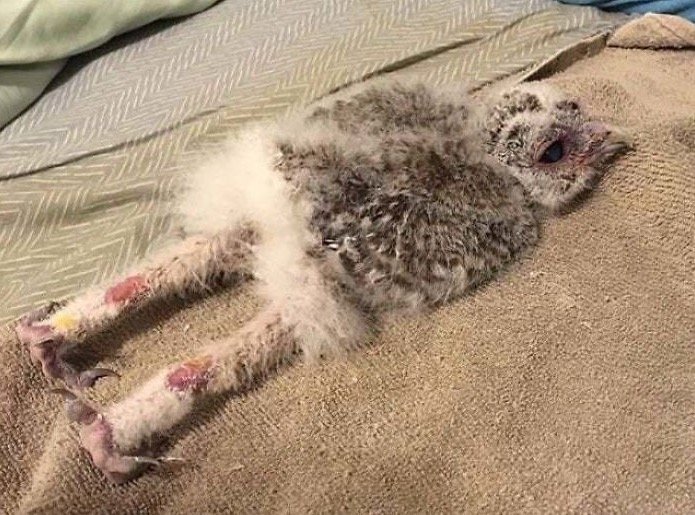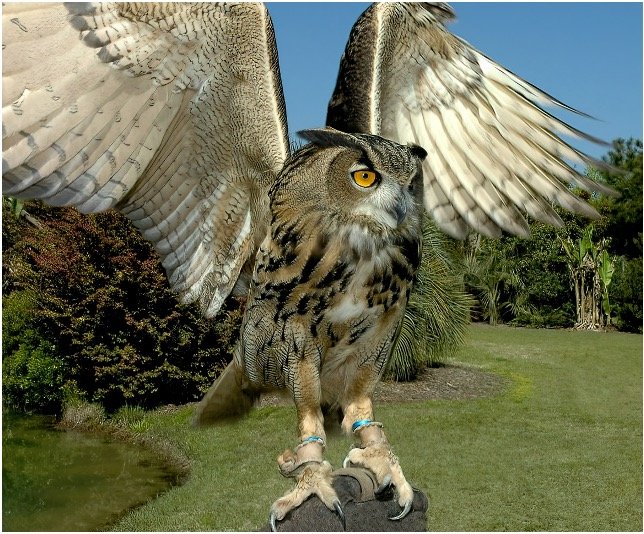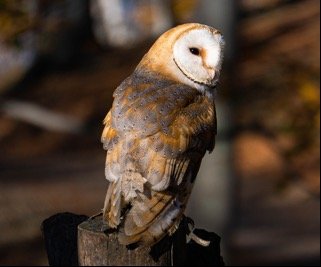The sight of a newborn owl resting face down appears surreal, as if some horrible tragedy had taken place.

Their legs are straight out and they are lying flat. I absolutely understand how humans may have missed the fact that a newborn owl sleeping face down was quite natural.

Because of their large heads, the manner a young owl sleeps is both amusing and odd. Baby owls, like human babies, sleep with their faces down because they are unable to hold their heads up due to the weight of their bodies.

Even if they are perched on a branch, a newborn owl will hunch over and hold the branch with its talons, ensuring that they do not fall off since their feet remain closed.

Because they may lean against the sides of the nest or against a sibling, a sleeping baby owl does not always lie face down when sleeping.

In contrast, when owls are extremely young, they will typically lie face down since they have not yet grown strong enough neck muscles to support their very heavy heads.

A study from the Max Planck Institute for Ornithology has shown that owls experience rapid eye movement (REM) sleep, which is similar to the type of sleep we get when we dream.
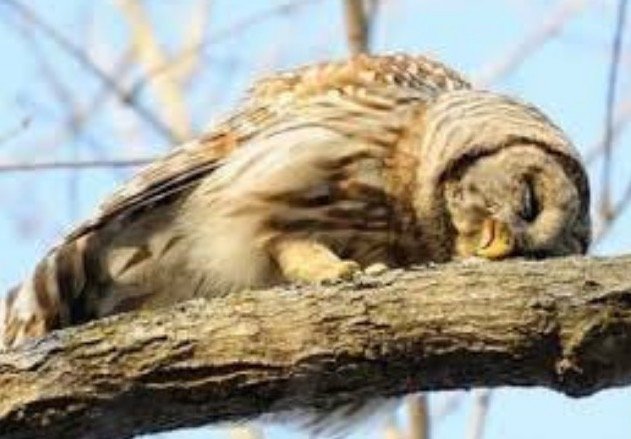
My imagination runs wild with ideas about what newborn owls might dream about!
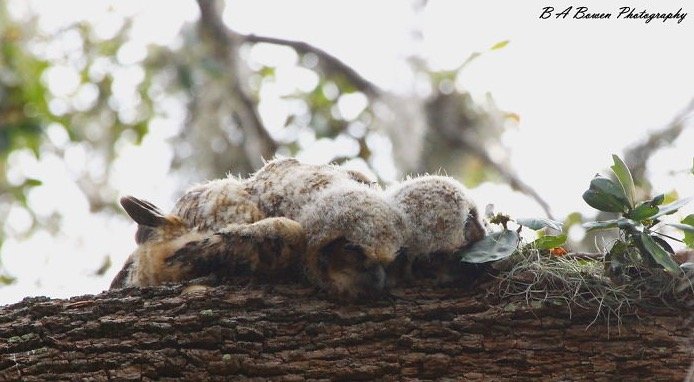
Just like humans, owls grow older and spend less time in rapid eye movement (REM) sleep. A baby owl’s back toe, the hallux, prevents it from falling out of the tree while it snoozes. This helps the owl stay in place.
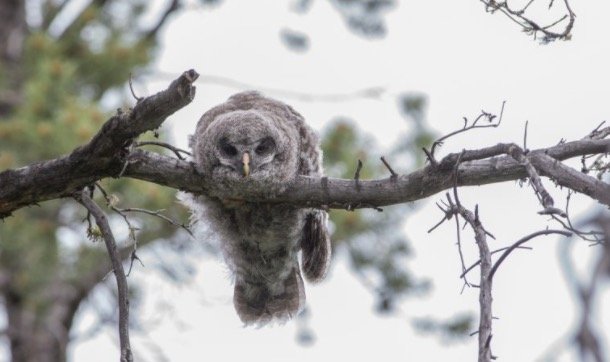
Until the bird bends its leg, the hallux will not open or let go. Even still, most owlets investigate their surroundings before learning to fly, and they frequently end up on the ground.

It’s impossible not to be smitten by baby owls lying down since they appear so defenceless, as if they will never grow up to be amazing birds of prey. When compared to the size of an adult owl, owlet babies are tiny.

A snowy owl can grow to be 2.5 feet tall when fully grown, but it begins life as a vulnerable infant that is just 2.5 inches long.
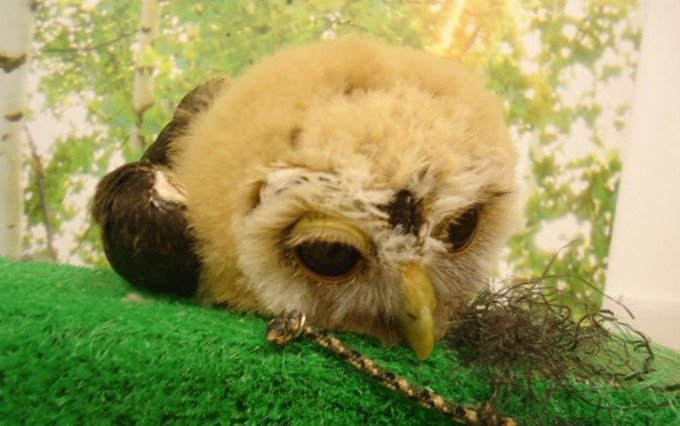
This tiny owl, squished between its siblings and the rough wood, does not appear to be in the best of health while sleeping face down.

They do not appreciate being interrupted while sleeping and can take multiple short naps throughout the day.
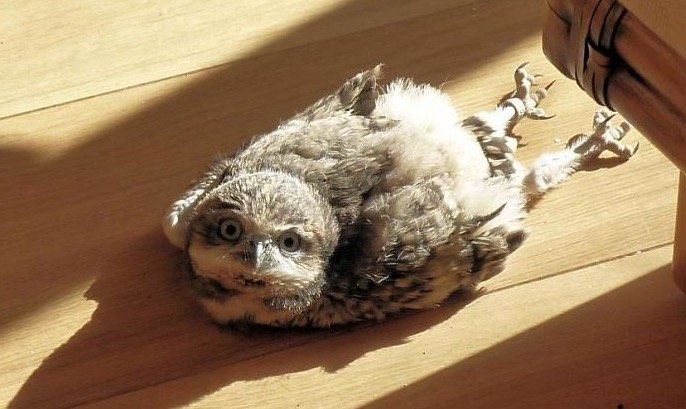
Once the newborn owls reach a certain age, they are able to support their own heads and will lean against anything to provide further support.
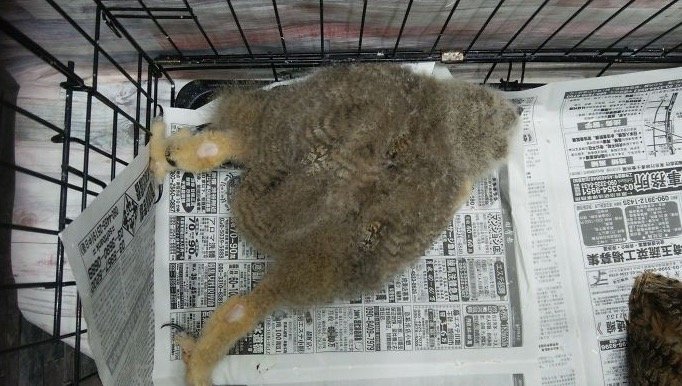
I hope you liked this amusing article about baby owls who sleep face down.
